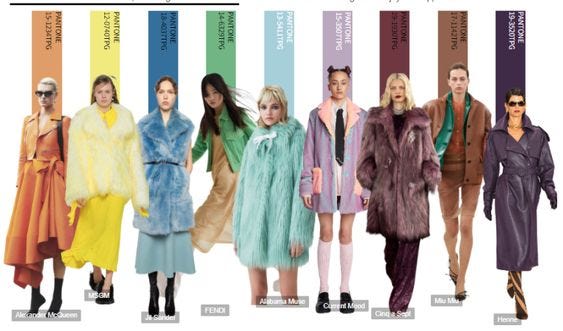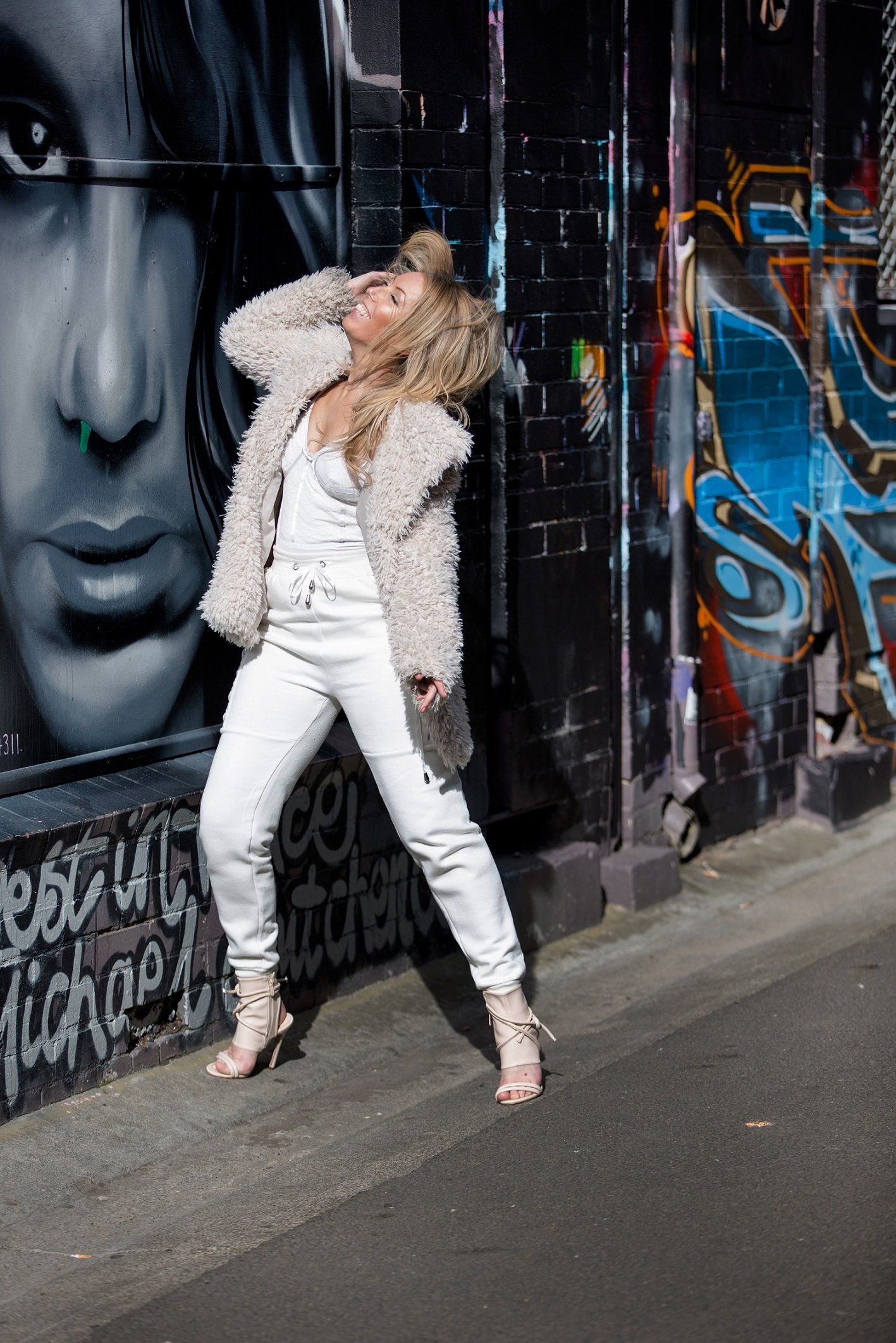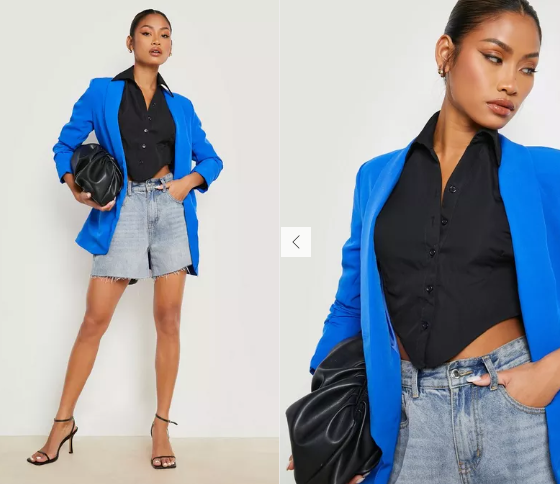
Music has always influenced fashion, with different genres inspiring unique styles that reflect the culture and personality of the era. From the rebellious punk rock look to the bold streetwear-inspired by hip-hop, music and fashion have always walked hand in hand, evolving together as cultural forces.
This article explores the journey of music-inspired apparel through the decades.
1. The Birth of Music-Inspired Fashion
The relationship between music and fashion began in the 20th century, particularly with the rise of jazz in the 1920s. Jazz musicians wore sharp suits and stylish hats, setting the standard for cool fashion at the time. In the 1950s, rock and roll took over, and stars like Elvis Presley became fashion icons with their slicked-back hair, leather jackets, and blue jeans.
This marked the beginning of fashion becoming a significant part of the identity of music genres. Incorporating music-inspired elements, brands like Backstage Originals capture the essence of various genres, allowing fans to express their musical identities through unique apparel choices.
2. The Punk Revolution
In the 1970s, punk rock exploded onto the scene, bringing with it an aggressive, anti-establishment fashion style. Punk fashion was a direct rejection of mainstream trends, featuring ripped clothes, safety pins, leather jackets, and combat boots. Bands like the Sex Pistols and The Ramones defined this era, with their music influencing a rebellious, DIY approach to fashion. Punk fashion wasn’t just about music; it was a social statement.
3. Hip-Hop’s Fashion Takeover
The 1980s and 1990s saw the rise of hip-hop, which brought a whole new approach to music-inspired fashion. Hip-hop artists popularised oversized clothing, sports jerseys, sneakers, gold chains, and snapback hats.
The style was a reflection of the streets and urban culture, quickly spreading beyond music fans to influence mainstream fashion. Today, brands like Adidas, Nike, and Supreme owe much of their popularity to the hip-hop scene.
4. Grunge and the 90s Alternative Scene
Grunge music in the 1990s, led by bands like Nirvana and Pearl Jam, gave birth to a laid-back, rugged style that contrasted sharply with the glitz and glamour of pop culture.
Flannel shirts, ripped jeans, and worn-out Converse sneakers became the uniform of the grunge movement, embodying a sense of nonconformity and detachment. This style was effortlessly cool and rejected the idea of fashion for fashion’s sake.
5. Modern-Day Genre-Bending and Influencer Culture
In today’s music and fashion scenes, genre lines have blurred, and so have fashion trends. Musicians like Billie Eilish and Lil Nas X mix styles from various genres, creating unique and eclectic looks that inspire their fan bases.
Social media platforms have allowed musicians to become fashion influencers, and fashion brands now collaborate with artists to create exclusive lines of music-inspired apparel. Streetwear, in particular, remains a dominant trend, with music at the heart of its appeal.

The evolution of music-inspired apparel reflects the broader cultural shifts of society. Music has always been a form of self-expression, and the fashion trends that emerge from it allow fans to visually represent their identities.
From jazz to punk, hip-hop to modern-day influencers, music-inspired fashion continues to evolve, driving innovation in both music and clothing.








